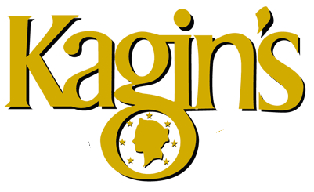America's Golden Age: Private & Pioneer Gold Coins of the United States 1786-1862

In stock
- SKU
- AmericasGoldenAgeLeather
Description / America's Golden Age: Private & Pioneer Gold Coins of the United States 1786-1862
More Information
| Author | Donald H. Kagin and David J. McCarthy |
|---|
